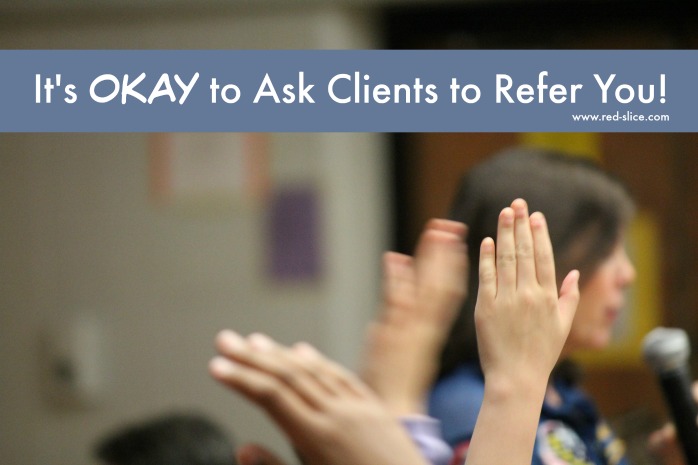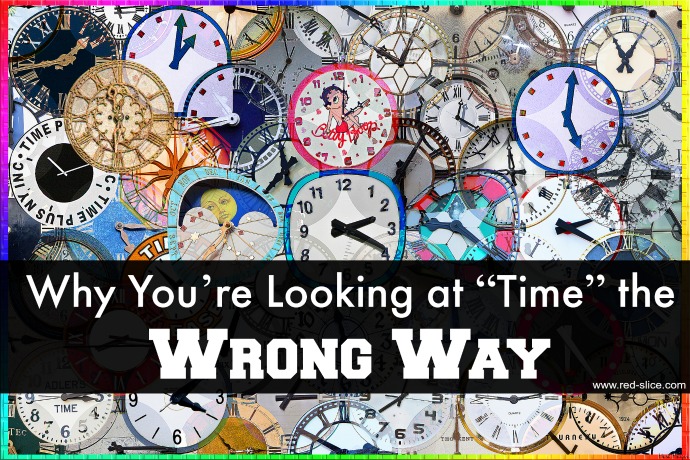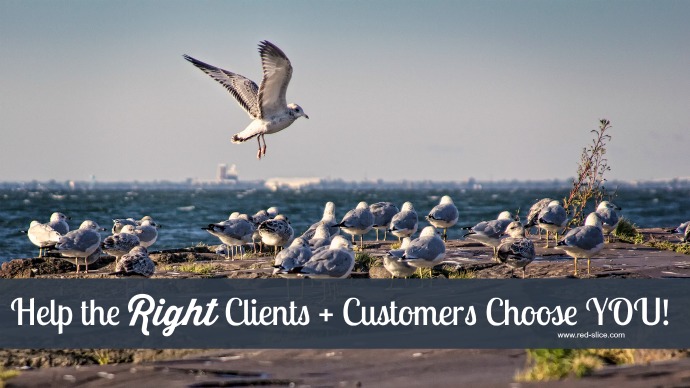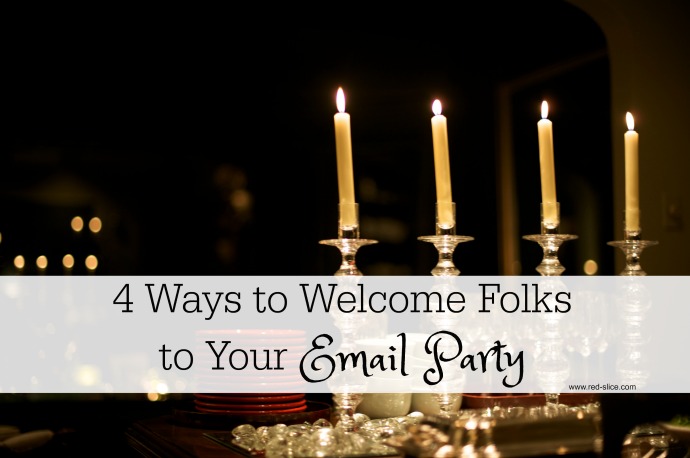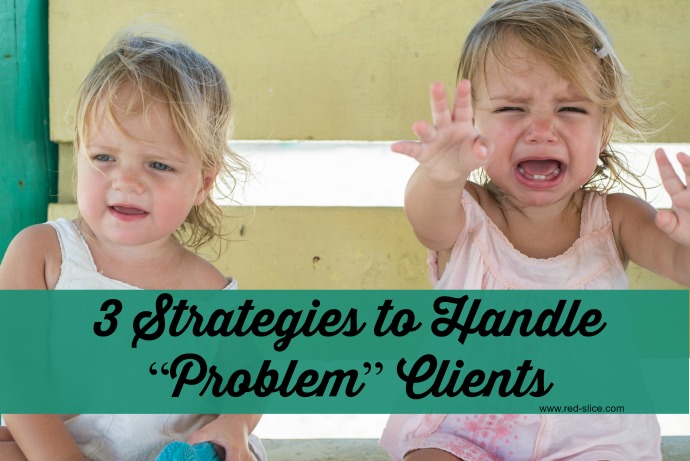You open that coffee shop you’ve been dreaming about for ten years.
You start that consulting business based on your long, successful career in Corporate America.
You start writing that blog you’ve been told to start a thousand times.
But where is everybody?????!!! (cry-face emoji)
They are living their lives, that’s where they are!
We can talk about marketing, brand strategy, social media, blah, blah, blah all day long. In fact, we do quite a bit around here. But at the end of the day, what any entrepreneur, author, or artist really wants to know is:
How do I spread the word about my business, project or big idea?
Of course, that’s why marketing exists. You need a clear brand strategy that outlines who you target, what value you offer them and how you want to present yourself to the world. From there, you build a marketing plan to reach the right people with the right message at the right time.
But what can you do right now, today?
Here are six Macgyver-style tips to spread the word about what your business. Doesn’t mean you get to skip the strategy and planning part! Just some creative ideas to get your juices flowing:
- Start building your email list: Like, now, today. You can’t do all this awareness-building on your own. You need an army. Create an audience of raving fans who support you and share some goodies with them every now and then. Until you get your ongoing content marketing plan together, just START BUILDING THE TRIBE! Install a simple MailChimp, Constant Contact or other email platform widget on your website and start building that list. For now, just offer them a one-time incentive for signing up: a tip sheet, a discount coupon, a free eBook. Whatever you can quickly and easily create to stop delaying doing this important step! You can always change it later.
- Notify everyone you know about what you’re doing. Seriously. Everyone. Every friend, relative, past or present colleague, your Moms club, your poker buddies, your Facebook friends. EVE-RY-ONE. People know people. I’m always shocked when I find out friends of mine have published a book or started a business and they never bothered to tell me! If you’ve been going for a while, then send them a personalized, “Here’s what’s new in my world” email and let them know what’s going on. This may seem “Duh!” to you, but 90% of my clients completely miss this step. Oh, and while you’re at it, if they are the right customers for you, invite them to join your email list (#1) so they can stay in the loop on more goodies and events.
- Host a Party: Interpret this however you want, but live events are powerful things. Nothing fancy, nothing super expensive. Hold a holiday shopping party at your boutique and promote it in the local paper, or post flyers in coffee shops and community centers around town and by telling all your friends to tell their friends. Invite a group of ideal clients over to your office for a wine and cheese social with a discussion topic and a guest speaker. Partner up with a few other colleagues who do something complementary and host a free workshop. For example, if you’re a marketing consultant, invite a web designer, a copywriter and a stylist to hold a “Build the Perfect Image” seminar for new business owners. You all promote the event, you all get great leads and, yes, you start spreading the word.
- Network: You have to get out there. Sorry introverts! You don’t have to join every group but find two or three that fit your style and attract the right audience for you. If you’re a life coach, find a business owners group or coaching mastermind in your area so people now about you. Networking with peer groups puts you in the mix to get referrals. But also join groups that attract your target buyer: clubs, meetups or professional associations. You can even search online on LinkedIn or Facebook and get into the conversations. Not just to push your stuff, but to connect and genuinely add value. Nothing spreads the word faster than building a personal reputation as a knowledgeable, generous resource! People will want to support you and know what you’re up to.
- Sponsor Community Events: Is there an appropriate local event that you can sponsor which aligns with your brand and attracts the right people you seek? A new coffee shop could sponsor the neighborhood fair. An online baby-clothing company and mom blog could sponsor a Moms Club event. A fitness coach could sponsor the city marathon. Make sure if you go this route, the event really and truly attracts your ideal customer or you’re just wasting your time and money. This is a great way to get the word out on a mass scale.
- Get Social: Social media is wonderful for getting your name out there, IF you use it correctly. If you’re just starting out, try picking one social network you enjoy using and building an audience base there. Post consistently. Don’t just “sell” but provide useful or interesting information. Interact with your fans and followers.
For all of these quick-hit tactics, you want to make sure you give people a reason to reach out to OTHER people to tell the world about you. Offer a coupon or incentive that rewards them and one that requires them to share it with a friend. If you’re a service business, create a referral program and give them 10% of whatever their contacts book with you. Hold a series of events or workshops that enable them to invite other people the next time.
If you’re a local brick and mortar business, you’ve got to pound the pavement a bit. Post flyers. Make friends with local press and pitch them article ideas that relate to your business but are of interest to their readers. Invite the community to your location in some way, shape or form. Hold creative events such as “Free Coffee for Police Day” or “Halloween Costume Party: Get 15% off if you dress up!” or “Mom’s Spa Day: $25 credit on any massage or facial.” And then make sure to promote those specials or events to the right groups of people via email, a personalized letter or even a phone call!
You can’t just build it and expect people to come. You’ve got to reach out and tell them about it! (Tweet this!)
Image credit via Flickr




